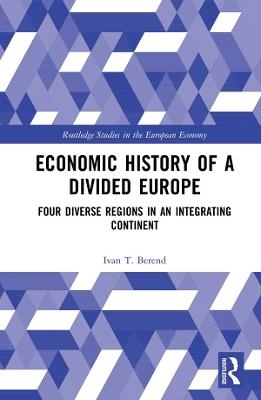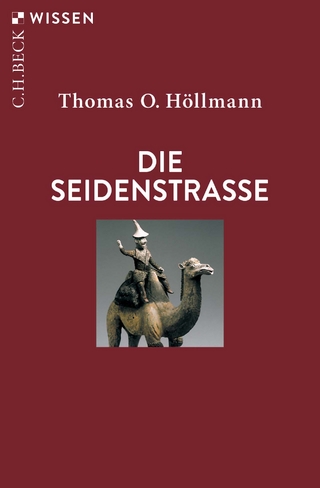
Economic History of a Divided Europe
Routledge (Verlag)
978-0-367-89650-8 (ISBN)
This book presents the sharp regional diff erences within the integrating European continent. Four regions – Northwestern Europe, Southern Europe, Central Europe, and Eastern-Southeastern Europe – represent high, medium, and relatively less-developed levels of economic advancement. These disparities have emerged as a result of historical diff erences that produced and reinforced cultural and behavioral diff erences.
The author examines the distinctions between the regions, looks at how these differences transpired and became so retrenched, and answers the question of why some countries were able to elevate to higher levels of economic development while others could not. This book is unique in that it provides a timely historical analysis of the main causes of the most pressing conflicts in Europe today. Readers will come away from this book with a deeper understanding of the sharp divergence in economic standing between the four different regions of Europe, as well as knowledge about how institutional corruption and other cultural features exacerbated these variations. The book also offers a better understanding of major European Union confl icts between member countries and between member and nonmember countries, as well as the rise of autocratic regimes in certain countries. The book begins with a short history of European integration throughout European civilization and then goes on to discuss the modern reality of integration and attempts to homogenize the Continent that divided into four different macro-regions.
It will primarily appeal to scholars, researchers and students studying Europe from various fi elds, including economics, business, history, political science, and sociology, as well as a general readership interested in Europe’s past, present, and future.
Ivan T. Berend is a Distinguished Research Professor at the University of California, Los Angeles (UCLA), USA. He is a member of the American Academy of Arts and Sciences; the British Academy; the Academy of Europe; and the Austrian, Hungarian, Bulgarian, and Czech Academies of Sciences. He was president of the International Historical Association between 1995 and 2000 and is author of 35 books.
1. Introduction: Europe, its civilization and historical regions 2. 1. Long historical roads towards regional differences within Europe: Four regions in 1913 3. A radically changed world, yet unchanged regional division: Four regions in Early 21st century Europe 4. What preserves regional differences? The social, economic and cultural factors 5. The most developed core of Europe: the North-West 6. The Mediterranean-Irish region: catching-up with the West but burdened with remnants of a peripheral past 7. Central Europe and the Baltics: trapped in middle-income periphery? 8. The Russia-Turkey-Balkans low-income region: outside Europe? 9. Conclusion
| Erscheinungsdatum | 12.03.2020 |
|---|---|
| Reihe/Serie | Routledge Studies in the European Economy |
| Zusatzinfo | 14 Tables, black and white; 1 Line drawings, black and white; 1 Illustrations, black and white |
| Verlagsort | London |
| Sprache | englisch |
| Maße | 156 x 234 mm |
| Gewicht | 453 g |
| Themenwelt | Geschichte ► Teilgebiete der Geschichte ► Wirtschaftsgeschichte |
| Wirtschaft ► Volkswirtschaftslehre ► Makroökonomie | |
| Wirtschaft ► Volkswirtschaftslehre ► Wirtschaftspolitik | |
| ISBN-10 | 0-367-89650-8 / 0367896508 |
| ISBN-13 | 978-0-367-89650-8 / 9780367896508 |
| Zustand | Neuware |
| Haben Sie eine Frage zum Produkt? |
aus dem Bereich


